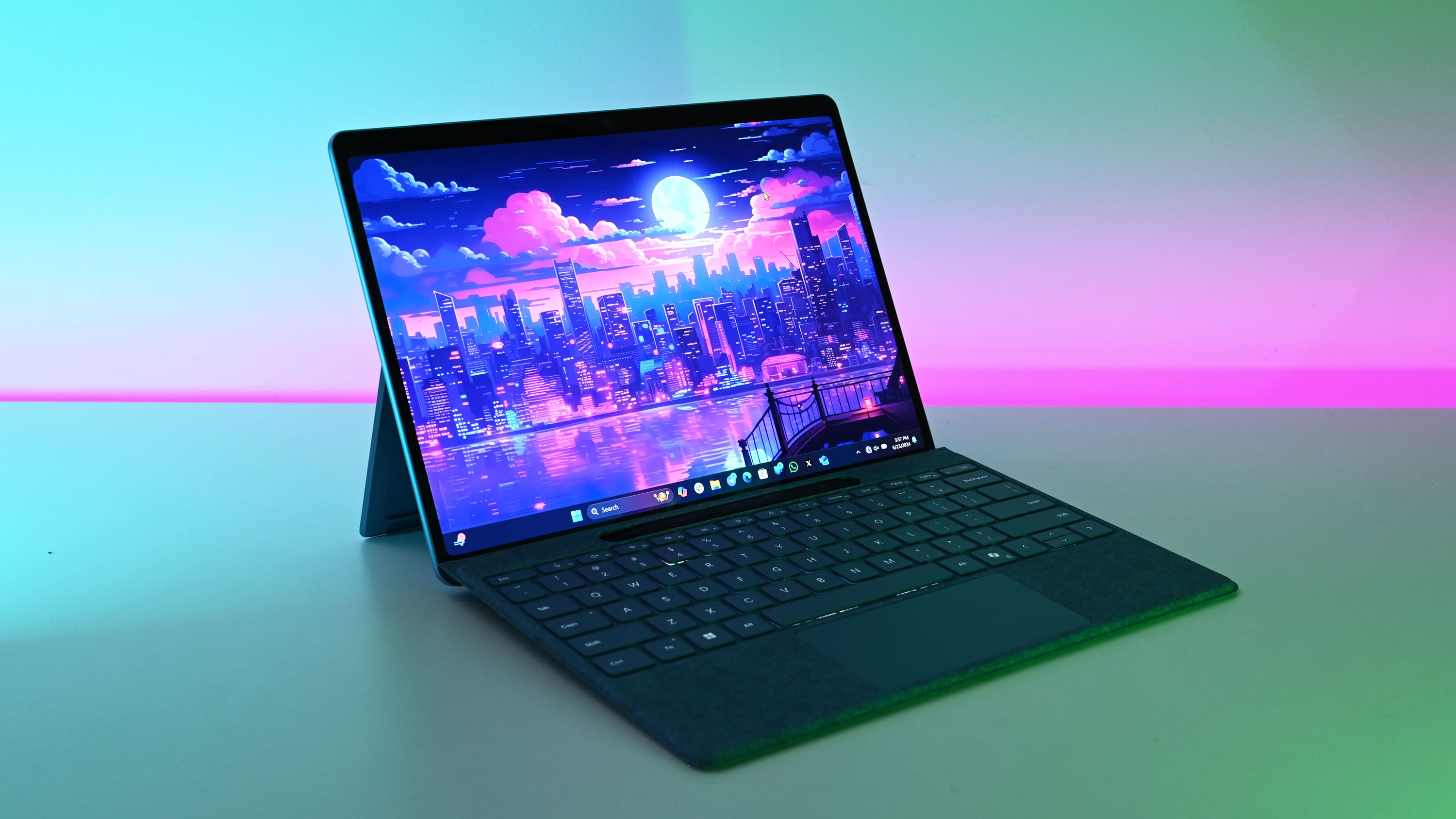Surface Go 2 with a Qualcomm Snapdragon 7c seems even more likely
Low-cost laptops featuring the new Snapdragon 7c suggest an ARM-based Surface Go 2 is entirely plausible.
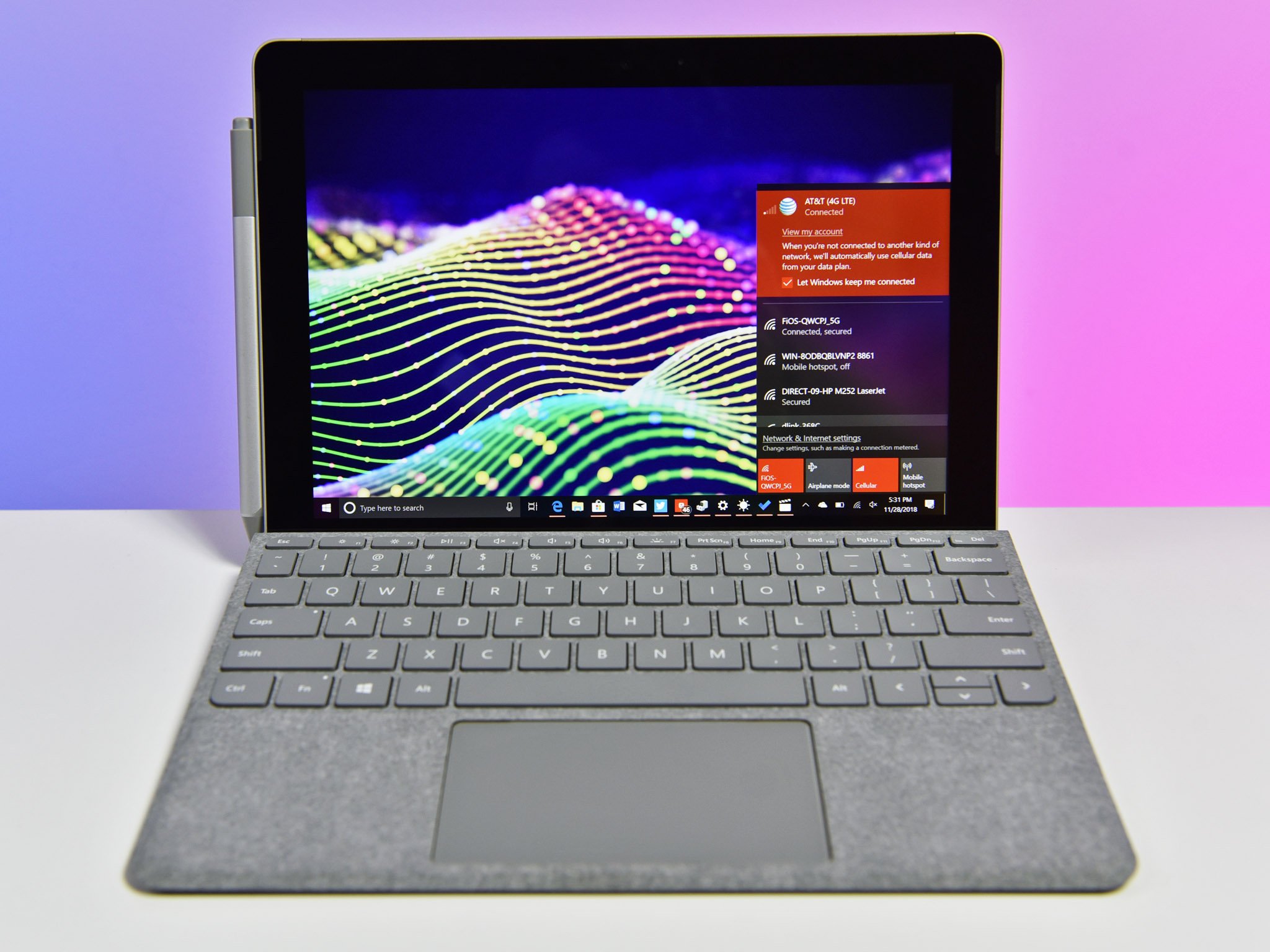
What you need to know
- First Snapdragon 7c laptops are very affordable.
- An ARM-based Surface Go 2 could happen in 2020.
- A 5G Surface Go could also be possible.
In December 2019, Qualcomm announced two new Snapdragon processors for Windows 10 PCs. The Snapdragon 7c and 8c are positioned for entry-level and mid-range PCs competing against Intel's lackluster Atom and Pentium processors (and even AMD).
At the time, I speculated that a Surface Go 2 could potentially use one of the new chips as Qualcomm hinted at sub-$400 PCs running the Snapdragon 7c chipset (the slightly more powerful 8c is for laptops in the $500-800 range).
Now, we have the first evidence that these chips would let Microsoft hit the $400 price-point for Surface Go 2 if they so choose.
First Snapdragon 7c laptops are very affordable
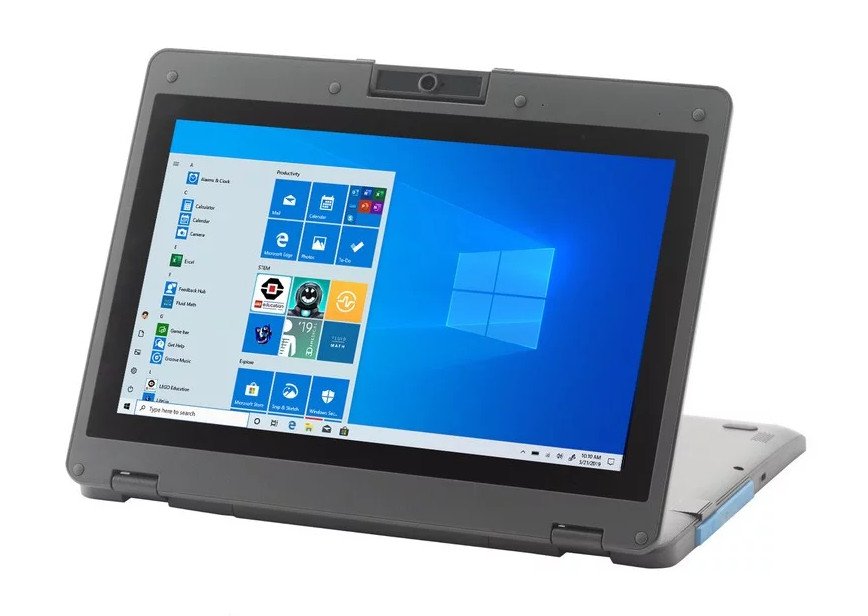
These two new laptops — the JP.IK Turn T101 ($300), and the Positivo Wise N1212S with inking ($575) — were recently announced along with Microsoft's continued annual push into growing education markets. What makes both laptops unique is they are the first to utilize a Qualcomm Snapdragon 7c processor — which itself is newsworthy.
The news is also our first look at real-world pricing for 7c devices, and $300 is quite low. School laptops tend to have thick bezels, use a lot of hard plastic, lack high-end specs like IPS displays and are generally not attractive. They're meant to take beatings from school kids for years and bought en masse for entire classrooms.
But the ability for Qualcomm to hit that low of a price is noteworthy (and a direct threat to Intel and AMD long term, despite lingering growing pains with ARM on Windows).
Surface Go 2 ♥ ARM?
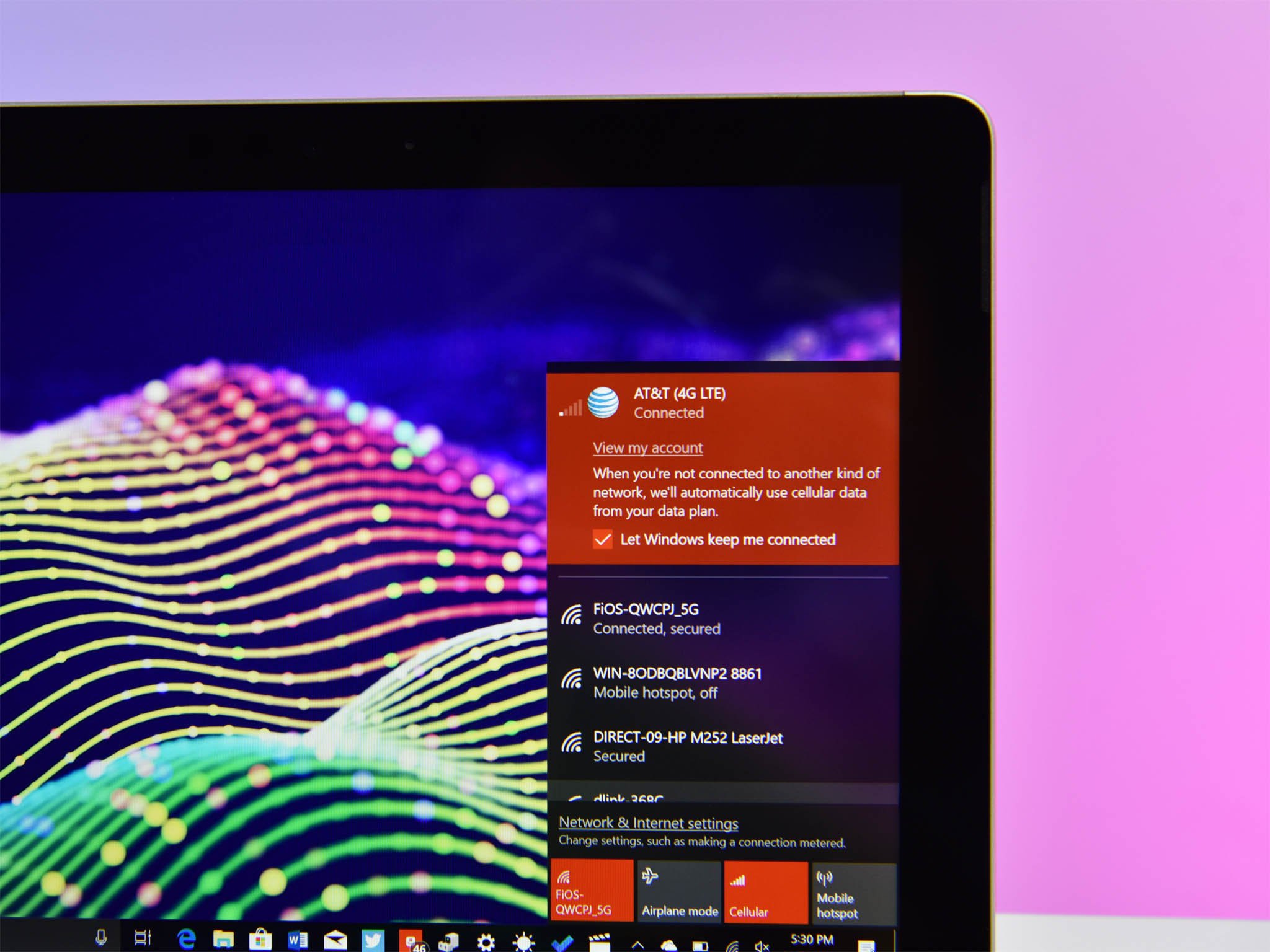
The original Microsoft Surface Go is high-end by comparison to the JP.IK Turn T101. The Go's 1800 x 1200 IPS display with inking is one of the most expensive parts of the tablet. The same applies to the front-facing speakers, magnesium chassis, hinged kickstand, MicroSD slot, and Windows Hello infrared camera. It's remarkable Microsoft can push Surface Go down to the $400 range even without the extra $100 Surface Go Keyboard.
All the latest news, reviews, and guides for Windows and Xbox diehards.
But with the Snapdragon 7c, the costs of that chip compared to an Intel Pentium Gold or even new AMD Athlon mobile processors seems comparable. That's important if Microsoft is exploring going with ARM for a Surface Go 2.
As we've seen with the Surface Pro X's design by going with ARM Microsoft could keep the Surface Go 2 very thin while efficiently delivering 4G LTE. It remains to be seen if Microsoft goes down this road if they make 4G LTE optional — Qualcomm in the past has resisted this effort, but the Snapdragon 850-powered HoloLens 2 omits such connectivity setting some precedence.
By removing LTE, Microsoft could help keep that $400 entry-level price in check.
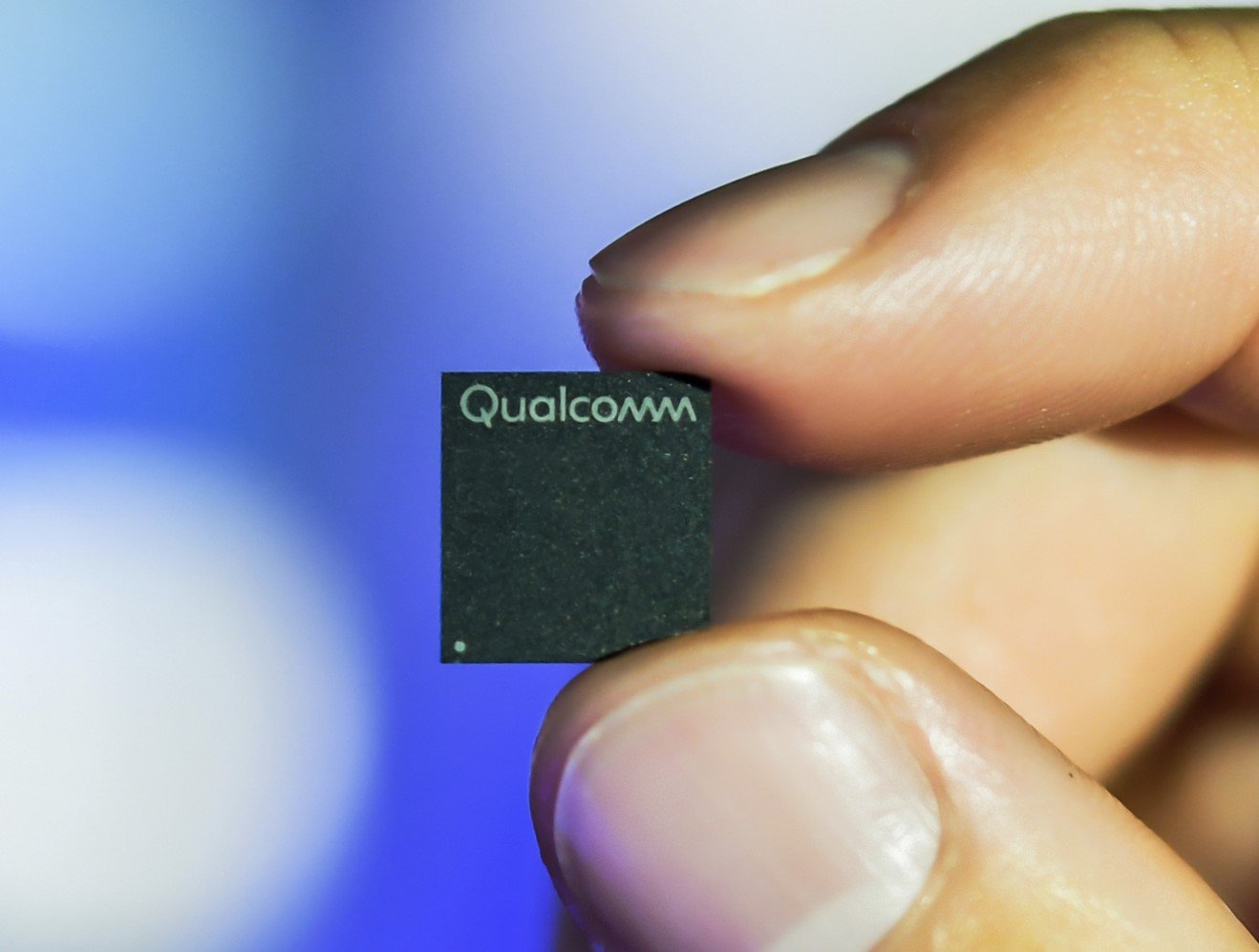
Another benefit of using the Snapdragon 7c over Intel or AMD is it's an eight-core chip. Intel's Pentium Gold 4415Y, the newer Pentium Gold 6405U, and AMD's comparable Athlon Gold 3150U are merely dual-core. The benchmark results reveal themselves under multi-core testing.
Geekbench 4.0 (CPU) (Higher is better)
| Device | CPU | Single core | Multi core |
|---|---|---|---|
| Surface Go | Pentium | 2,078 | 3,934 |
| Surface 3 | Atom x7 | 1,078 | 2,777 |
| HP Envy x2 (ARM) | SD835 | 2,111 | 6,314 |
| Samsung Galaxy Book2 (ARM) | SD850 | 2,262 | 7,405 |
| Samsung Galaxy Book2 (x86) | SD850 | 1,345 | 4,164 |
| Surface Pro X (ARM) | SQ1 | 3,505 | 11,727 |
| Surface Pro X (x86) | SQ1 | 2,182 | 6,822 |
Intel and AMD are also both 14nm, whereas the Snapdragon 7c is just 8nm — Qualcomm can pack much more on the chip, including Bluetooth 5.1, Wi-Fi 6, GPS, LPDDR4, and UFS 3.0 for storage. All these features add up to a more efficient system. Intel's forthcoming Lakefield offering could easily rival the Snapdragon 7c, but most estimates are putting its price in the range of the higher-end Snapdragon 8cx, not the 7c.
Of course, Microsoft is likely testing various chipsets and scenarios, making Qualcomm hardly a shoo-in for a Surface Go 2. But Surface Go — like those new education laptops — is aimed at similar markets. Microsoft originally spun the Surface Go as the perfect device for "schools, kids, and enterprise".
While the push for ARM-based PCs has mostly focused on business, it is now evident education markets are ripe for them too. That's a lot of overlap with Surface Go, and with the right price, connectivity, and slimmer hardware profile, an ARM-based Surface Go 2 could be a very intriguing device. What's more exciting is Microsoft could even offer a higher-tier 5G Surface Go 2 with the Qualcomm Snapdragon 8c – similar to how Intel has Core i5, and i7 processors.
Hopefully, we'll find out by summer 2020 if Microsoft chooses this path. I'm hoping they do.

Daniel Rubino is the Editor-in-chief of Windows Central. He is also the head reviewer, podcast co-host, and analyst. He has been covering Microsoft since 2007 when this site was called WMExperts (and later Windows Phone Central). His interests include Windows, laptops, next-gen computing, and wearable tech. He has reviewed laptops for over 10 years and is particularly fond of 2-in-1 convertibles, Arm64 processors, new form factors, and thin-and-light PCs. Before all this tech stuff, he worked on a Ph.D. in linguistics, performed polysomnographs in NYC, and was a motion-picture operator for 17 years.
